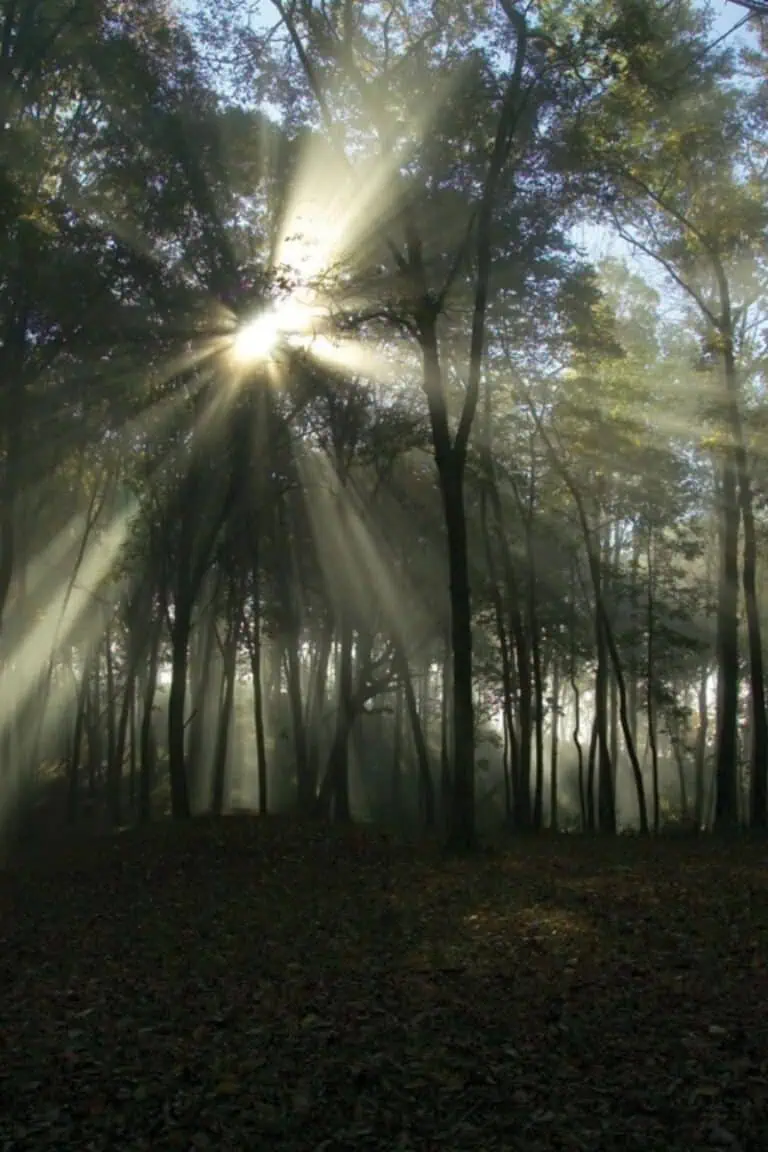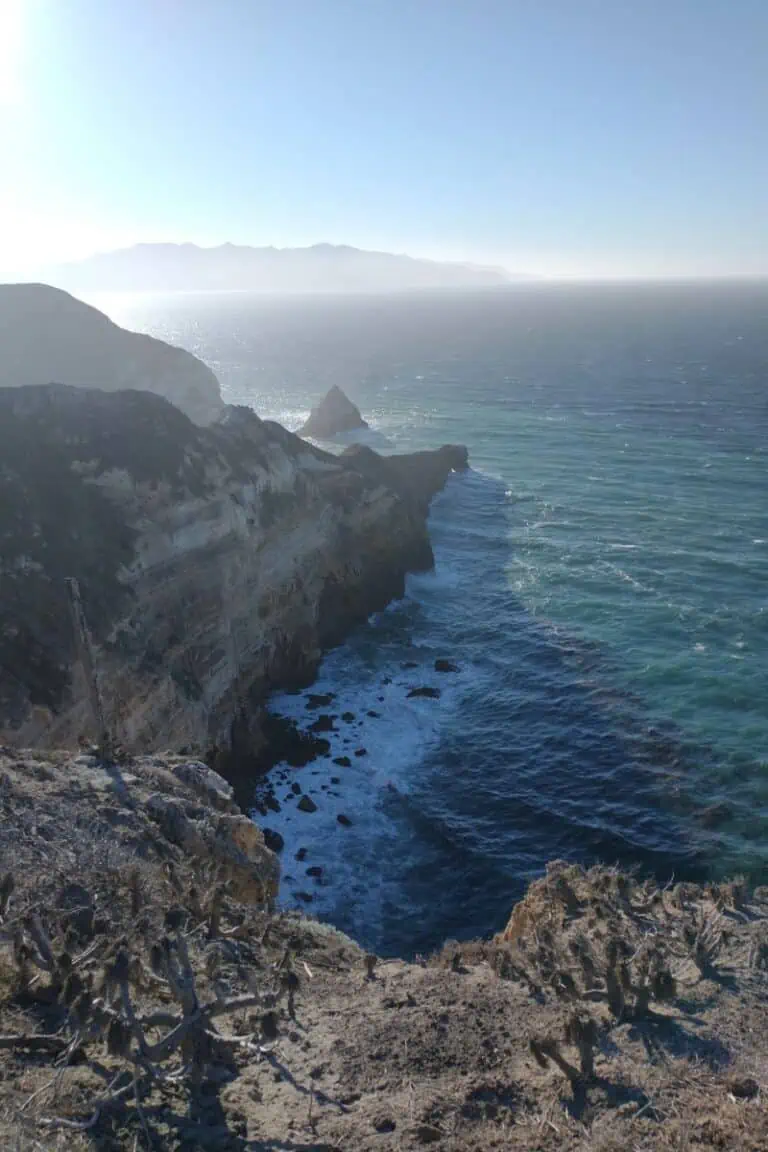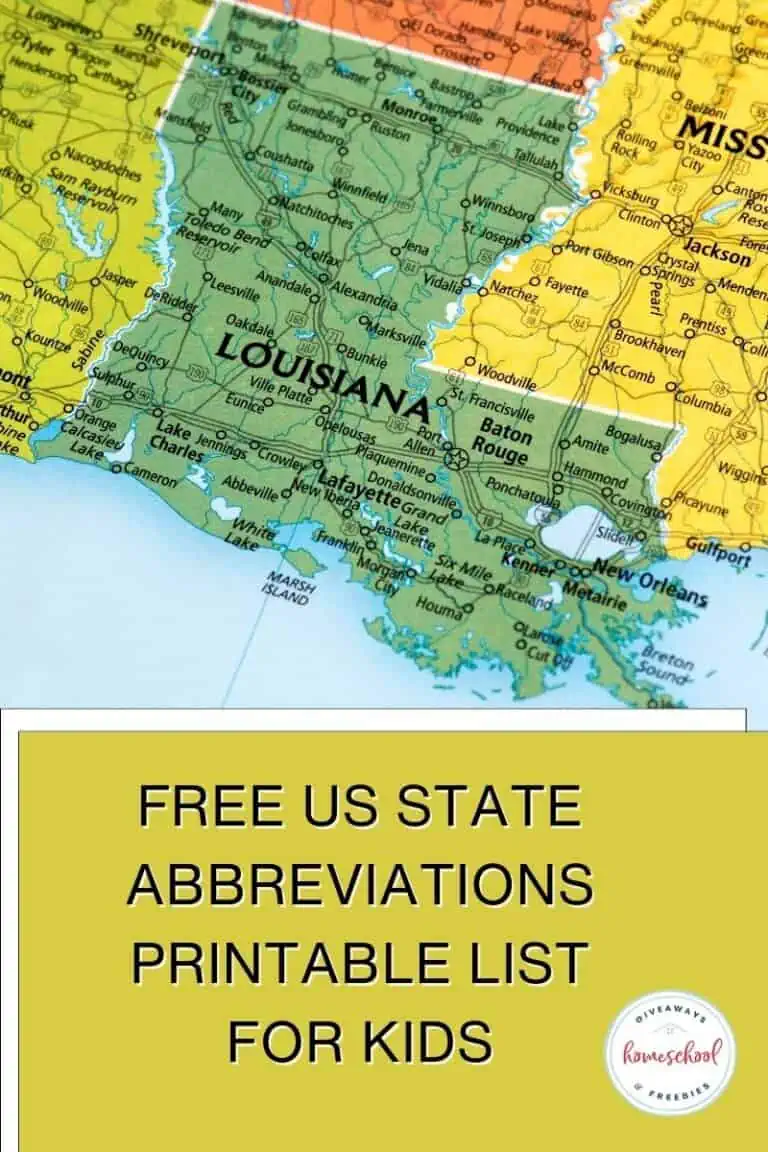Four Unique National Parks in South Florida to Visit
Published:
February 5, 2024

Contributor:
Sarah Shelton
Disclosure: This post may contain affiliate links, meaning if you decide to make a purchase via my links, I may earn a commission at no additional cost to you. See my disclosure for more info.
Florida is known for its beauty and diverse landscapes and ecosystems. The national parks in south Florida are unique in their own ways, each showcasing different ecosystems, wildlife, and geological features. Visiting these parks makes for a well rounded, educational experience.
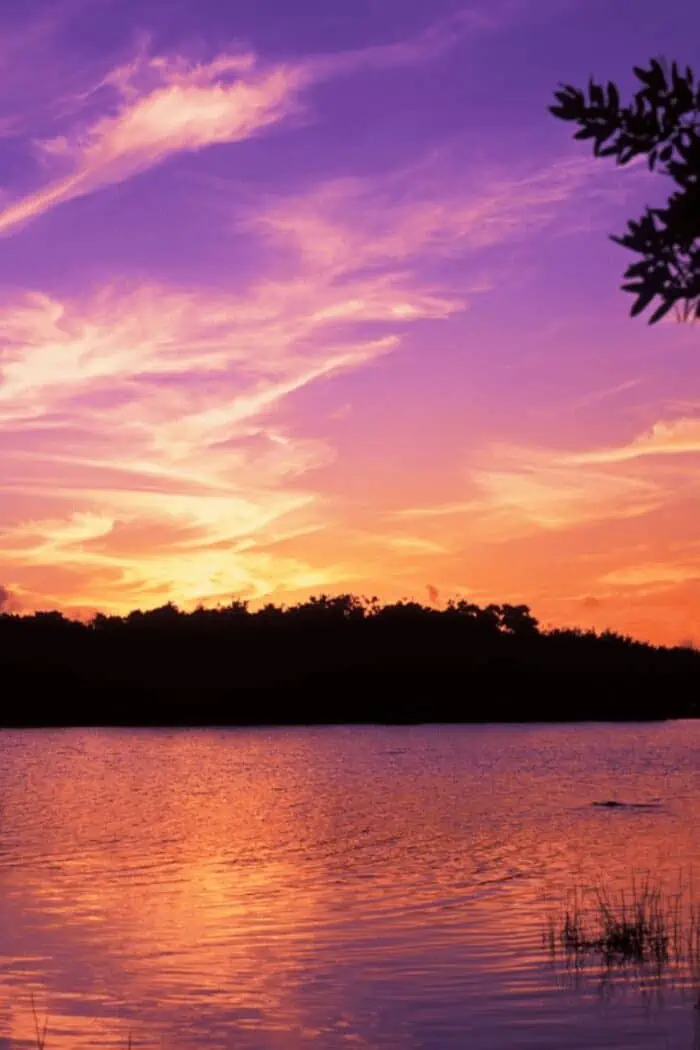
Four Unique National Parks in south Florida
These national parks showcase the natural beauty of South Florida. They provide many opportunities for outdoor recreation, wildlife viewing, and the exploration of distinct ecosystems.
They are a must visit if you are studying different marine environments, swamps, beaches and historical sites in the sunshine state.
Scroll down to the bottom of this post to grab a free field trip journal pack instant download. This field trip journal will go great with a visit to one of the national parks.
1. Everglades National Park
Everglades National Park is the largest tropical wilderness of any kind in the United States located in Homestead, Florida covering 2,400 miles. Many people think that the Everglades are just swamp land full of bugs and gators.
There are many bugs there, and lots of alligators, but the Everglades are home to wetlands and diverse wildlife in the sky and water. It is such a unique ecosystem to explore. The Everglades provide an important habitat for numerous rare and endangered species like the manatee, American crocodile, and the elusive Florida panther.
History of the Park
The water in South Florida flowed from the Kissimmee River to Lake Okeechobee and south over the estuaries in Biscayne Bay, Thousand Island and Florida Bay. It covered almost 11,000 square miles, creating ponds, sloughs, sawgrass marshes, hardwood hammock, and forested uplands.
The Everglades formed the biological ecosystem for the entire southern half of Florida. The early colonial settlers and developers thought the Everglades would be good farm land and living communities.
In the early 1900’s drainage began in the wetlands which damaged the ecosystems and species that lived there. This posed a huge threat to the surrounding nature and wildlife.
With the support of many early conservationists and scientists, the Everglades National Park was established in 1947. This was a huge step forward to helping conserve this wetland of international importance and prevent further degradation of its land, plants, and animals.
Things to Do
- Visit in the dry season – The dry season is considered November to April when the skies are clearer, humidity is lower and the temperatures are below 80 degrees. This is the best time to visit the park because the mosquitos, gnats and no-see-ums are at their lowest, though bug spray is still highly recommended.
- Ranger-led programs – Rangers lead hikes, canoe trips, slough slogs and off trail hiking where you may get wet. They also lead bicycle trips, tram tours, and campfire programs.
- Bird Watching – There are over 300 bird species to look for when visiting this park. You can find a list of birds seen at the visitor center and look for them on the water and nature trails.
- Shark Valley Visitor Center – This is the main visitor center for Everglades National park and is located in Miami, Florida. There is an observation tower for alligator and bird watching as well as guided tram tours. Watch a video of the park and pick up informational brochures for your visit.
- Boating – There are many opportunities to take a boat out into the everglades. You can even rent canoes, kayaks and pontoon boats.
2. Dry Tortugas National Park

Dry Tortugas National Park is a remote national park located about 70 miles west of Key West, Florida, in the Gulf of Mexico. It is known for its pristine coral reefs, marine life, and historical significance on the Gulf Coast. This 100-square mile park is 99% open water with seven small islands on it.
This park is a pack in and pack out, leave no trace park. You can only get to the park via a 2 and a 1/2 hour boat ride or a sea plane. Only bring with you what you need for the day. It is a great day trip for older children and teens.
History of the Park
The Dry Tortugas were first discovered by explorer Ponce de Leon in 1513. Tortugas is the Spanish name for turtles and was named for the many sea turtles found in the area. In 1846 Fort Jefferson began construction to be used as a military prison in the Civil War.
In 1935, President Franklin D. Roosevelt designated the area as Fort Jefferson National Monument. In 1992, it was renamed as Dry Tortugas National Park to preserve and protect the historic fort and the surrounding marine area, coral reefs and ecosystems.
Things to Do
- Explore a 19th Century Fort – The historic Fort Jefferson is one of the largest 19th century forts in the United States. It is a coastal fortress built to protect one of the most strategic deep water anchorages in North America. It took decades to compete and is made of over 1600 bricks. It is located on Garden Key which is the main visitor center of the park.
- Take the Yankee Freedom Ferry – This ferry boat is the only way to get to the park if you do not have your own boat. It is a 2 and a 1/2 hour ferry ride on the open water.
- Snorkel in the Crystal Clear Water – Snorkel and dive in the clear water of the Florida Keys in this protected area.
- Swimming – You can swim on the beautiful beaches in the shallow water with a gradual slope and easy entry.
- Camping – If you are a backpacker, and can carry your gear with you, you can camp in a primitive campground on Garden Key which is a short walk from the public dock. This is wilderness camping at its finest!
- Boating and Fishing – You can bring your own boat and fishing gear here, but remember there is no food, water or gas available at the park so plan accordingly!
3. Big Cypress National Preserve
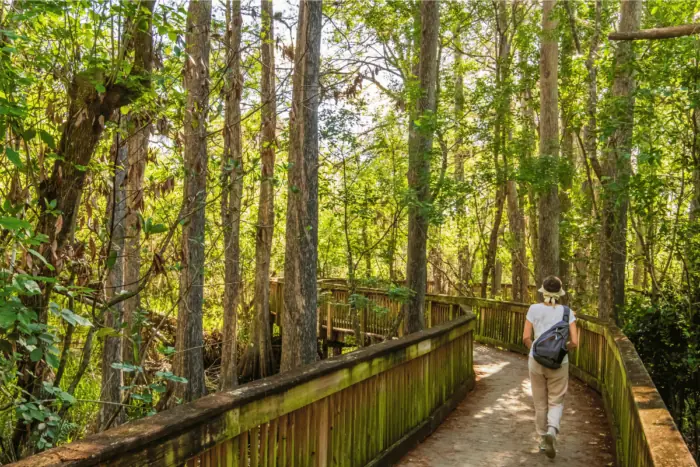
Big Cypress National Preserve is located between Miami and Naples, Florida and is part of the Great Everglades Ecosystem and managed by the national park service. This national preserve is 700,000 acres and is a great full day trip to see the wildlife, wading birds and alligators that reside in this cypress swamp.
History of the Park
The Big Cypress Swamp region was explored by European settlers in the 1500s. It was home to Miccosukee and Seminole Indian tribes. It became a national preserve in 1974, through the Florida National Interest Lands Conservation Act.
In October 2016, Big Cypress National Preserve became the the 1st National Park Service Unit east of Colorado to become recognized as an International Dark Sky Place. Efforts are made to minimize artificial lighting so that the night sky can be viewed without any interference.
Things to Do
- Walk the Kirby Storter Boardwalk – This is an easy one mile hike that you will not get wet on. You can take the hike alone, or with a ranger during a ranger led tour.
- Ranger Activities – Take a wet walk into the Cypress Swamp and learn about the mangrove forests, wild orchids, and wading birds that can be found in the area. This is a fun and adventurous tour led by a park ranger. There are also boardwalk chats and hikes for as great way to explore the cypress swamp without getting wet.
- Astronomy Events – The park offers many night time astronomy viewing events, which are supposed to be spectacular with no light pollution.
- Camping – There are 7 different campgrounds from primitive backcountry camping, to tent and full hook up RV camping sites. Camping is a wonderful way to take in the dark night sky that this preserve has to offer.
- Boating – You can go kayaking and canoeing and even take boat tours on airboats and a swamp buggy!
4. Biscayne National Park
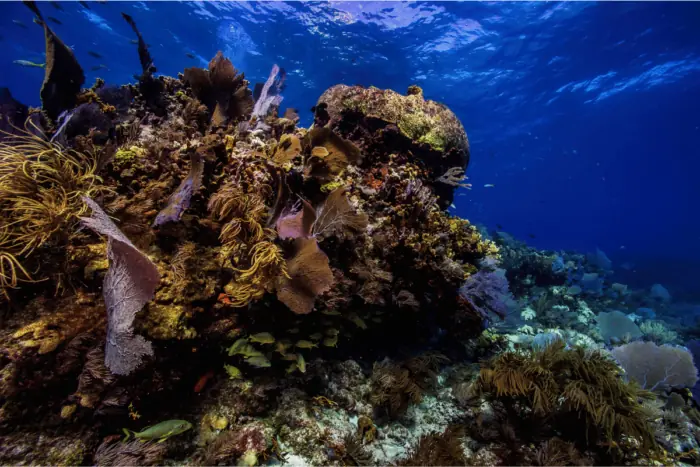
Biscayne National Park is located 20 miles south of Miami, Florida. It is open year round and is considered a water wonderland with aquamarine waters, emerald islands, and fish-bejeweled coral reefs to explore.
It is the only the only underwater national park in the continental United States. The majority of the park is water with the entrance to the park having a visitor center and a small boardwalk.
History of the Park
Biscayne National Park has an amazing maritime history. The waters were once full of pirates, and there are many shipwrecks that are preserved by archaeologists that you can still see around the park.
In 1968, Biscayne National Monument was established by President Lyndon B. Johnson to protect the unique maritime ecosystem. In 1980, Biscayne National Monument was expanded by Congress and renamed as Biscayne National Park.
Things to Do
- Visitor Center – The visitor center is a great way to learn about cultural history, including its agricultural past of pineapple farmers. There are even art exhibits by local artists featuring the marine animals and wildlife seen at the park.
- Biscayne Heritage Maritime Trail – Explore these underwater archaeological sites while learning about their historical significance. Some of the shipwrecks can be seen above shore, while snorkeling, diving or by a glass bottom boat. If you can’t dive, there is a virtual tour available with 3D scans of the wrecks as well as their history.
- Guided Boat Tour – Take a guided boat tour out to Elliot Key or Boca Chita Kay and glimpse a view of the Miami skyline. Take a glass bottom boat to get a better view of the shipwrecks.
- Water Activities – You can snorkel, dive and swim along the coral reefs of the keys. Fishing and lobstering is allowed during season with a permit.
Other National Memorials and Monuments Worth Visiting in Florida
If you are traveling to Florida, there are many other national memorials and monuments in Central and Northern Florida that you may want to visit. They have some very unique features and are extremely educational.
History abounds at these national parks and monuments. If your children enjoy learning about history in a hands-on, real way, they are going to enjoy visiting these parks. Many of them have ranger led tours, educational talks and some of them even have living history reenactments that make history truly come alive.
Castillo de San Marcos National Monument
Castillo de San Marcos National Monument is a great day trip if you are in Old St. Augustine. It preserves the oldest masonry fortification in the continental United States built by the Spanish to defend St. Augustine and the Florida trade route. This is such a fun day trip, especially if your children are fascinated with historical weapons.
Things to Do
- Take a self guided walking tour and explore the fort from the bottom to the top, taking in views of the ocean and the old city surrounding it.
- View historical weapons demonstrations and see historical costumes and reenactments.
- View the artillery display, an impressive collection of 18th century European bronze and cast iron weapons.
Fort Matanzas National Monument
Fort Matanzas National Monument is also located in St. Augustine, Florida and just a short drive from Castillo de San Marcos. This small fort is built out of coquina shell and includes a watchtower. It was built by the Spanish in the 18th century to protect the water way from attacks.
- Visit the fort via the free ferry boat. This is a beautiful short ferry ride across the water, you may even see sea turtles on your way.
- Take a ranger tour of the fort where you can go inside the fort. If you are brave enough you can climb the ladder to get to the top of the fort and the watchtower to view the water surrounding it.
- Have a picnic lunch under a canopy of oak trees and walk along the waters edge.
Canaveral National Seashore
Canaveral National Seashore is located in Cape Canaveral, Florida on a protected barrier island. It is famous for its prime rocket launch viewing that you can see from the park. This draws thousands of visitors a year to see rockets launch into space from the Kennedy Space Center.
Things to Do
- View a rocket launch from the Kennedy Space Center right on the beach.
- Walk the many hiking and nature trails the park has to offer.
- Explore ancient Timucua shell mounds.
- There are lots of water activities including boating, fishing, kayaking, and swimming.
Desoto National Memorial
Desoto National Memorial is located in Tampa Bay, Florida. Named after Spanish explorer and Conquistador Hernando de Soto whose army made landfall in Tampa Bay in 1539.
Things to Do
- Visit a living history demonstration and see a reenactment of what it would be like living in the 1500s.
- Attend an immersive escape room that takes you back to the time of the explorers.
- There is camping, hiking and boating, as well as ranger led tours and talks.
If you love national parks you may be interested in learning more about these other parks:
7 Arkansas National Parks to Visit on National Arkansas Day
7 Great National Parks in Missouri to Visit with Kids
Field Trip Journal Pack
Our Field Trip Journal Pack is a great way for kids to record what they learned and what they saw when visiting a national park or preserve. They will have a lot of fun documenting where you visited and what their favorite part of the trip was.
What’s in the Field Trip Journal Pack?
- 14 pages of field trip journaling
- Record the field trip in a story setting
- Sketch what you saw on the trip
- Record the 5 sensed they experienced on the trip
- Color in the state that you visited
- List to keep track of the field trips your family has already taken.


